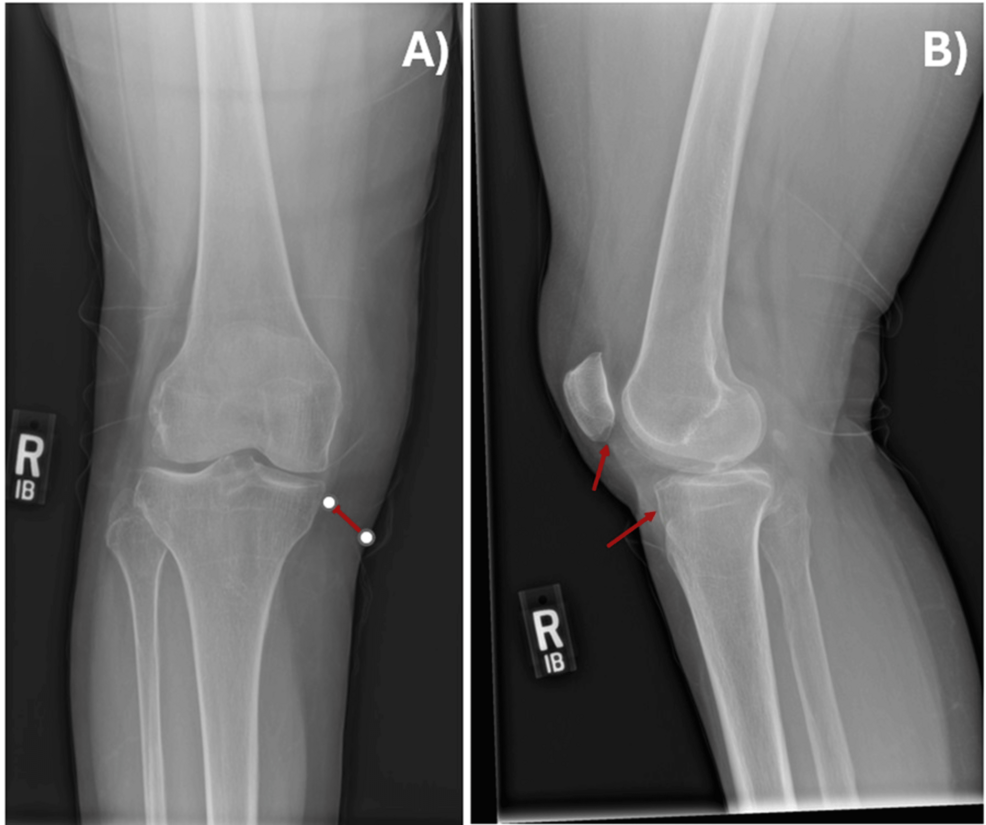Lucy HookerBusiness reporter
 Getty Images
Getty ImagesA great leader is a huge asset for company, of course, but can anyone be worth $1 trillion?
That is the pay packet Tesla shareholders have approved for Elon Musk, as long as he meets the targets they have set over the next 10 years.
In the meantime he won’t collect a salary, but will presumably throw himself into his work with renewed vigour.
He was certainly buzzing with energy as he jigged around the stage at the carmaker’s Texas headquarters to rapturous applause, telling the audience that while other shareholder meetings were “snoozefests”, Tesla’s are “bangers”.
Musk has attracted an army of critics, upset that he sided with US President Donald Trump, wielding his chainsaw at government programmes, and wading into politics overseas with explicit support for the far right.
But he has an equally large following of admirers, people who believe in his vision and don’t doubt that he can achieve it.
It seems most of his shareholders are in this camp, after they backed his new remuneration package this week.
Of course shareholders signed up, says New York-based financial analyst Dan Ives. If Musk succeeds – and Ives thinks he will – he will have created trillions of dollars worth of shareholder value, ample payback for investors.
Ives sees Musk as a “modern day Albert Einstein, a Thomas Edison”.
Without the stupendous pay package, he says, there was a risk that within a few years Musk would have walked away, taking his Artificial Intellgience (AI) initiatives with him.
“Tesla without Musk is like pizza without cheese,” he says.
Ives does not own shares in Tesla, but analyses the company for his firm Wedbush Securities and thinks Musk’s “ability to go where others are not” means he may well achieve the targets that have been set.
“There’s edgy behaviour, there’s haters, but a lot of people love that. And that’s why he’s the richest person in the world.
“Does it help sell cars in Europe? No. But does it help Tesla win the AI race? Yes.”
 Bloomberg via Getty Images
Bloomberg via Getty ImagesMusk’s political activities have prompted a backlash from some customers, including demonstrations outside showrooms earlier this year.
But Matt Britzman at Hargreaves Lansdown in London, who has invested in Tesla, says the impact is a drop in the ocean when it comes to Tesla’s earnings.
Far from weighing on the firm’s valuation, he reckons around a third of the value of Tesla can be attributed to what he calls the “Musk premium”, value that wouldn’t be there without him.
“It’s a $1.4 trillion company, not based on the current car business. It’s a $1.4 trillion business based on expectations of what it can deliver over the next three years.”
And a lot of those expectations are fixed on Musk and his record of thinking big and thinking long term, he says.
The potential reward for Musk is as astronomical as his vision for space travel.
With $1 trillion you could buy 20 million Model Y Teslas, at around $50,000 each. Or you could buy yourself a $10m house every day for 250 years, and still have change for furnishing and decorating.
The conditions appear to be very testing, including delivering 20 million Tesla vehicles and one million robots. A million self-driving Robotaxi vehicles will also need to be on the roads.
Tesla’s overall market value will need to rise from its current $1.4tn to $8.5tn.
These are “incredibly high milestones”, says Ann Lipton, a law professor at the University of Colorado.
However, the board does have “discretion” to decide when some of them have been met, she adds.
“If intervening events prevent him from reaching the goals, the board can deem them met anyway.”
So the targets may not turn out to be quite as demanding as they appear.
There is also nothing in the terms, no constraint, that prevents Musk continuing to speak out about politics or anything else.
“Even after the pay package was proposed, he didn’t pull back from his political commentary,” adds Prof Lipton.
“So it seems to me that this pay package, whatever the goals are, however lofty they may be, they’re not going to inhibit him from involving himself in whatever matters he wants to be involved in.”
That freedom could pose the biggest risk, according to Stephanie Valdez Streaty, director of industry insights at car sector marketing and software firm Cox Automotive.
Musk is a visionary she says, but he’s also unpredictable, and it is possible that his other interests may distract him as they have before, leading him to neglect Tesla, which itself is already a smorgasbord of different businesses and challenges.
“I’m hoping that based on his experience with getting politically involved and how that really hurt some of his brand and sales that he has learned to really focus on this business.
“But that’s going to be the board’s responsibility,” she adds, “to make sure that he stays within the guardrails, and that he does what’s right for Tesla.”
And if he does, well the sky is the limit, or possibly Mars, for Musk’s ambition.
“People laughed when his 2018 pay package was approved,” says Prof Lipton. “And he hit those milestones well ahead of schedule.”







